-
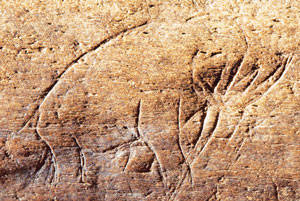
Yah-qua-whee
According to Lenape legends, the Ohio Valley once became overrun with packs of yah-qua-whee, massive beasts with “skin so strong and hard that the sharpest spears and animals could not penetrate it.” The Great Spirit eradicated the monsters, leaving their bones on the ground.
-
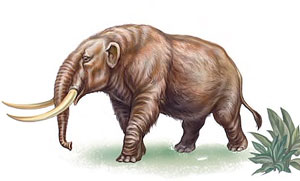
Mastodon
North American mastodon populations went extinct around ten thousand years ago, long after Paleo-Indians had established themselves across the continent. In 2001 paleontologists found a mastodon skeleton, dismembered and surrounded by stone tools, in an Ohio bog.
-
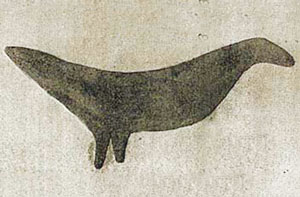
Bunyip
Aboriginal tribes differ in their descriptions of the fearsome bunyip, but it is usually depicted as a large shaggy mammal that haunts creeks and billabongs, screaming in the night and snatching children in its huge fangs.
-
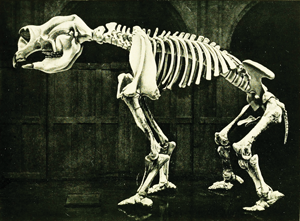
Giant Wombat
Several hippopotamus-sized marsupial species inhabited Australia until about 45,000 bc, which is around the time that humans first arrived on the continent from Asia. The name of the genus, Diprotodon (two forward teeth), refers to the animal’s prominent incisors.
-
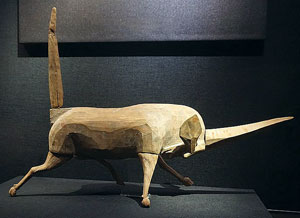
Xiezhi
One of two types of unicorns in Chinese mythology, the xiezhi resembles a one-horned ox or goat. In a legend that dates to as early as the eleventh century bc, the xiezhi acts as an agent of justice, spearing guilty parties with its enormous horn.
-
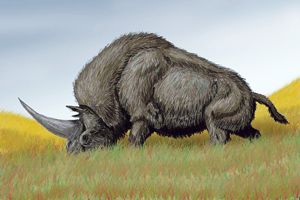
Siberian Unicorn
Although the one-horned giant rhinoceros species that once roamed Eurasia had mostly disappeared from Europe before the arrival of modern humans, populations may have survived in Asia until about 10,000 bc. Made of keratin, the horns protruding from their heads could reach lengths of five feet.
-
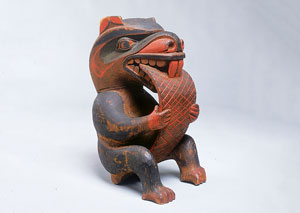
Chief Beaver
Tales of an enormous beaver that rules over all other beavers appear in Native American cultures from the Great Lakes to the Yukon. While Chief Beaver is often depicted as a villain, in a Blackfoot story he teaches medicine to humans and asks them to protect his son, Little Beaver.
-

Giant Beaver
Beavers the size of black bears lived in what is now Canada and the United States until their wetland habitats dried up around 9000 bc. Carbon-dated bones and tools found near Old Crow, Yukon, show that giant beavers, modern beavers, and humans lived side by side at the end of the Ice Age.
-

Re’em
Mentioned nine times in the Old Testament, the re’em—often mistranslated as unicorn in European Bibles—is the subject of several Jewish legends describing it as an ox with hundred-foot-long horns. A second-century rabbi claimed that the re’em was too large to fit on the Ark, so Noah towed it behind the vessel by its horns.
-

Auroch
The last known aurochs—a wild ox standing six feet tall and weighing half a ton—died in Poland in 1627. In the Middle East, however, the once common creature had vanished by about 1000 bc. At a Neolithic site near Nazareth, archaeologists found eight aurochs skeletons interred with the remains of a decapitated young man.
-
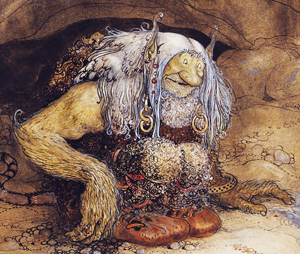
Troll
Both dwarves and giants in Scandinavian folklore, hairy, hunchbacked trolls consider human flesh a delicacy. The strong but slow-witted creatures avoid civilization, using stone weapons to protect the caves, mountaintops, and other remote areas they inhabit against human encroachment.
-
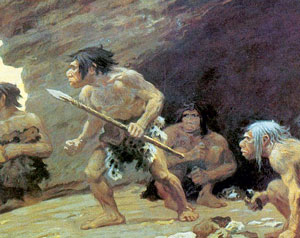
Neanderthal
Modern Scandinavians share about 2 percent of their DNA with the extinct hominin Neanderthal. Eighteenth-century reports of hairy wild men on the Swedish island of Öland have led some scholars to speculate that a small band of Neanderthals may have escaped the extinction event thought to have wiped out the species around 30,000 bc.